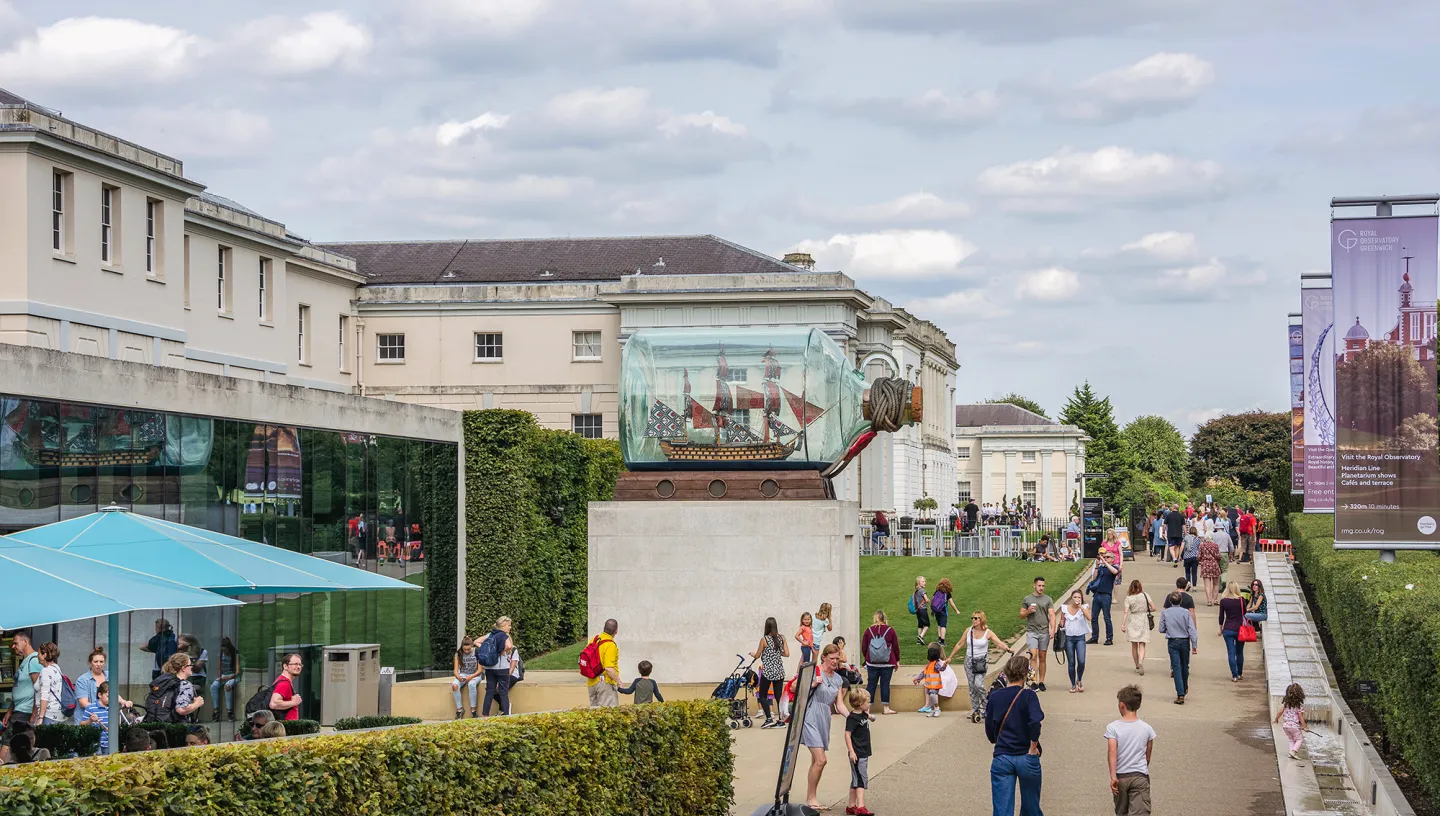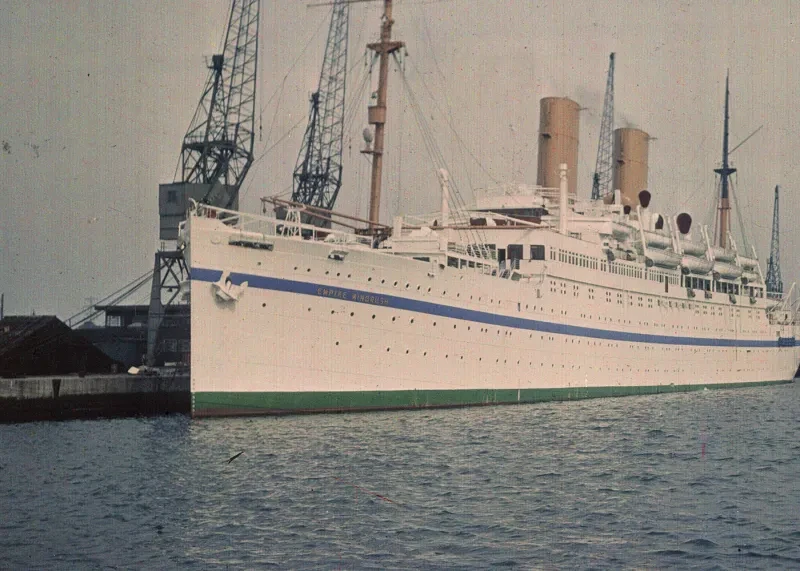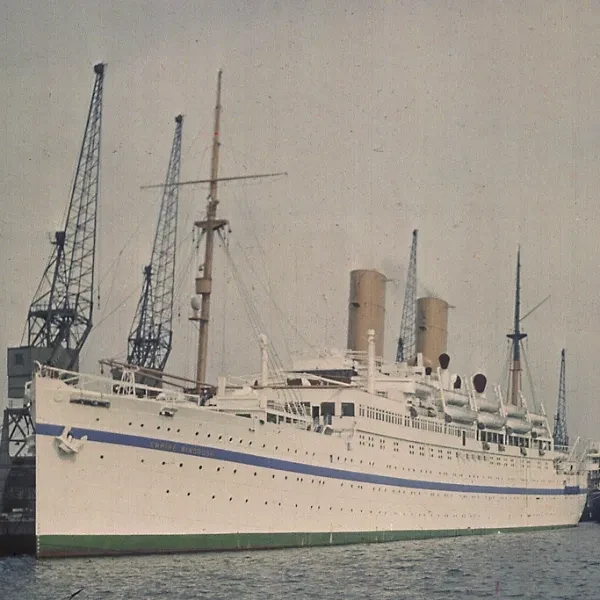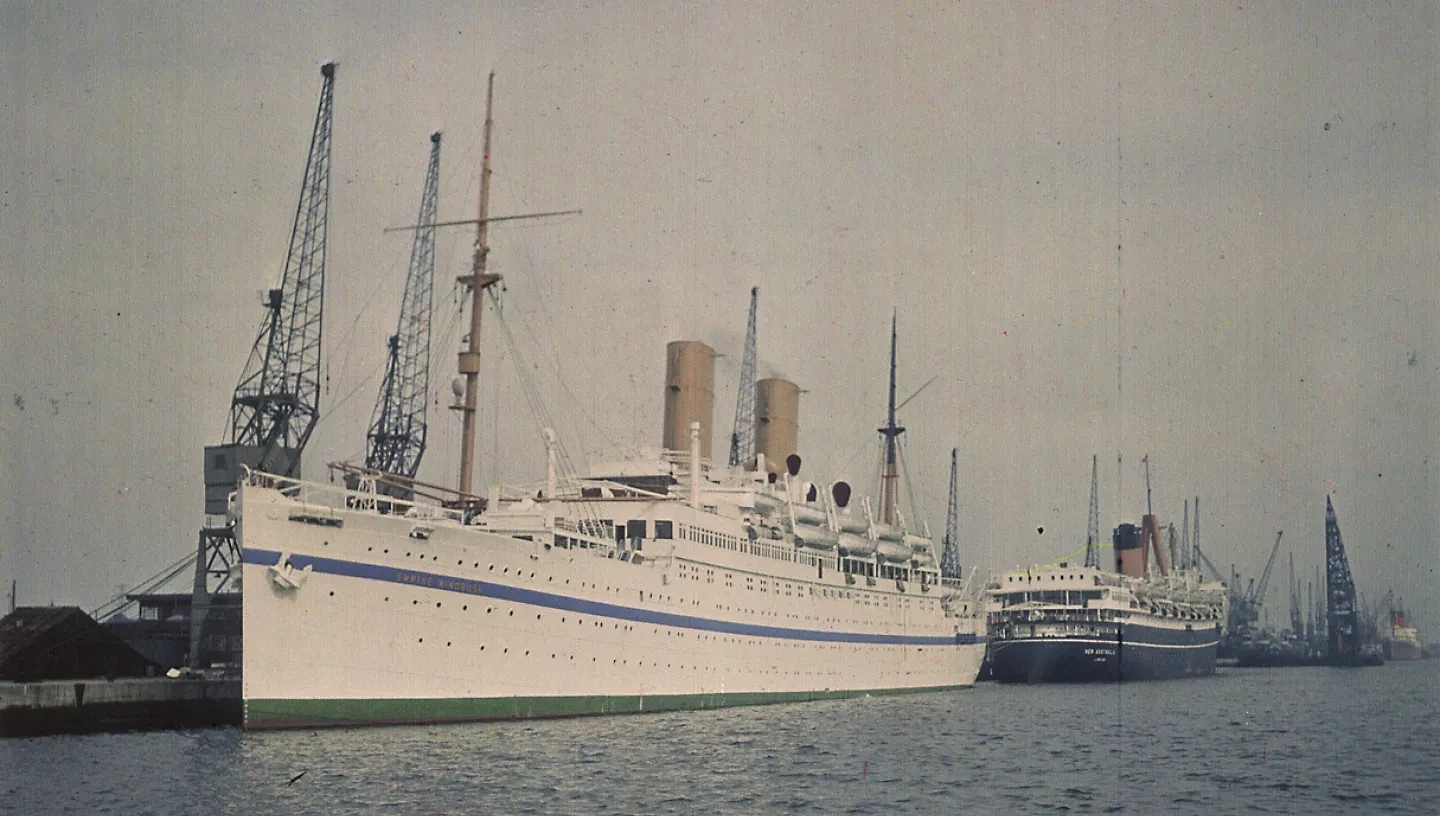
The arrival of the Empire Windrush at Tilbury Docks in Essex in June 1948 is widely known as the beginning of the mass migration of Caribbean immigrants to the UK.
Between 1948 and 1971, people from countries such as Jamaica, Trinidad and Tobago and Barbados were invited to move to the UK to help rebuild the country after World War II, and to fill shortages in the labour market.
Known as ‘the Windrush generation’, they played a significant role in shaping modern British society and culture.
However, the Empire Windrush was just one of many ships that transported Caribbean passengers to the UK.
As part of a research project with the National Maritime Museum, writer and researcher Veronica Mckenzie has been uncovering the stories of these other lesser-known vessels – and the people who sailed on them.
The ships before Windrush
There are two ships documented to have sailed from the Caribbean to the UK prior to the Windrush’s arrival in June 1948.
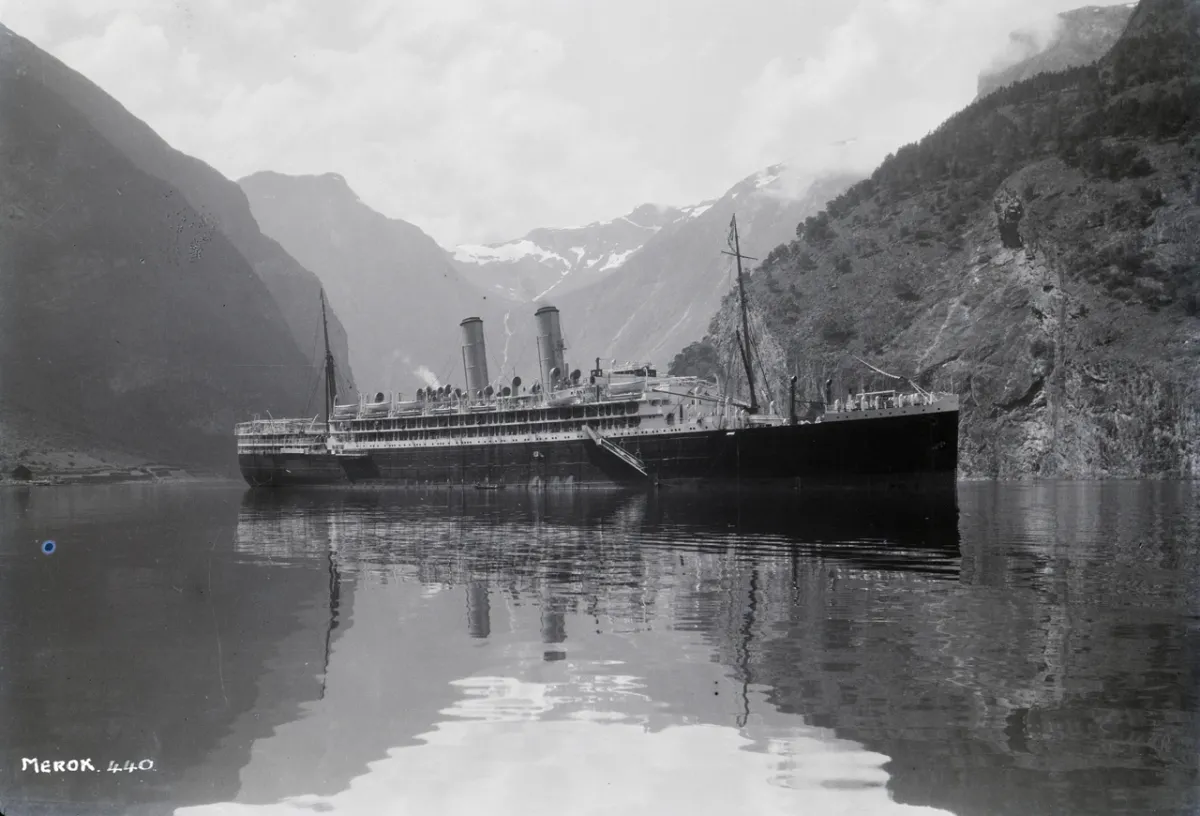
SS Ormonde
Built in 1917, SS Ormonde originally served as a hospital ship during World War One.
It was one of the first ships that carried Caribbean passengers to the UK. On 31 March 1947, SS Ormonde docked in Liverpool, over a year before the Empire Windrush’s arrival at Tilbury. 241 passengers were on board, with a diverse range of skills and professions including carpenters, engineers and plumbers.
Conditions on the ship were reportedly cramped and uncomfortable, with many passengers sleeping in communal dormitories and sharing bathroom facilities.
Ralph Lowe was one of the Ormonde’s passengers, arriving in Liverpool in March 1947. A Chinese Jamaican born in China, Ralph joined the Ormonde in Kingston, Jamaica, aged 22.
His daughter, the author and poet Hannah Lowe, wrote about her father’s life in her poetry collections Chick (2013), Chan (2016), and family memoir Long Time, No See (2015).
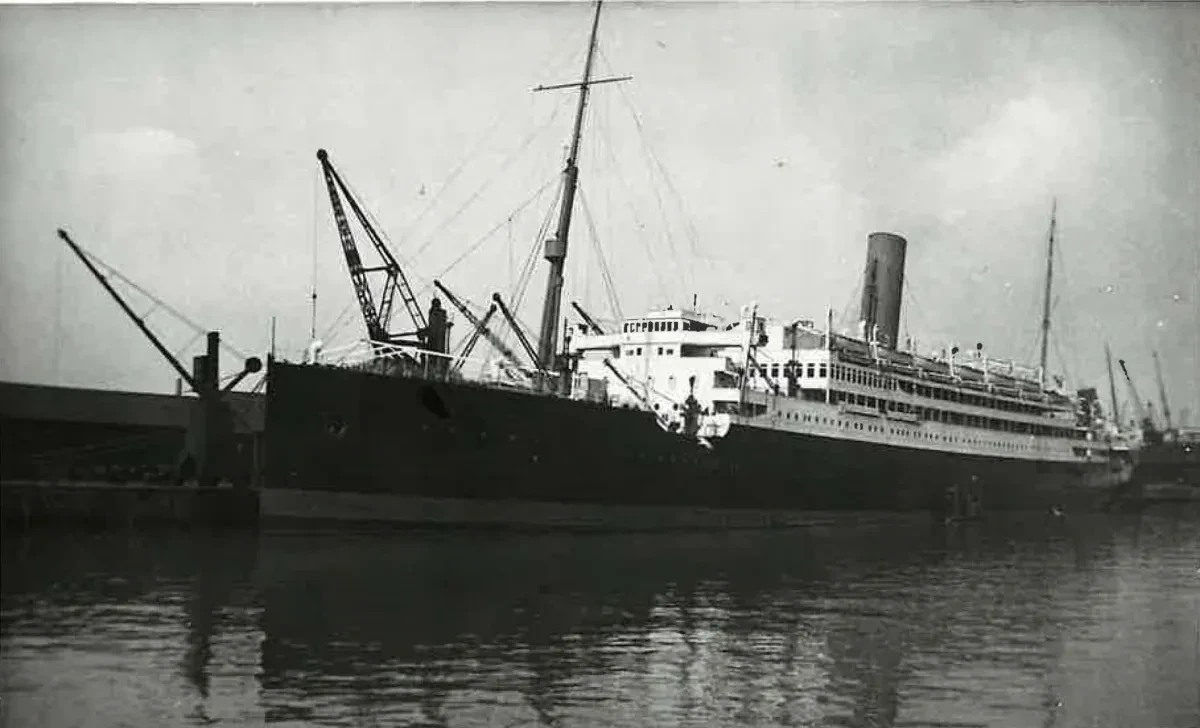
SS Almanzora
SS Almanzora was another ship that sailed from the Caribbean to the UK prior to the Windrush’s arrival.
It docked in Southampton on 21 December 1947, with 200 Caribbean passengers on board. Many of them were former RAF service personnel who had served during World War Two.
It’s estimated that SS Almanzora’s journey from Kingston, Jamaica to Southampton took around 12 days.
Image: SS Almanzora, © National Maritime Museum, Greenwich, London (P47747)
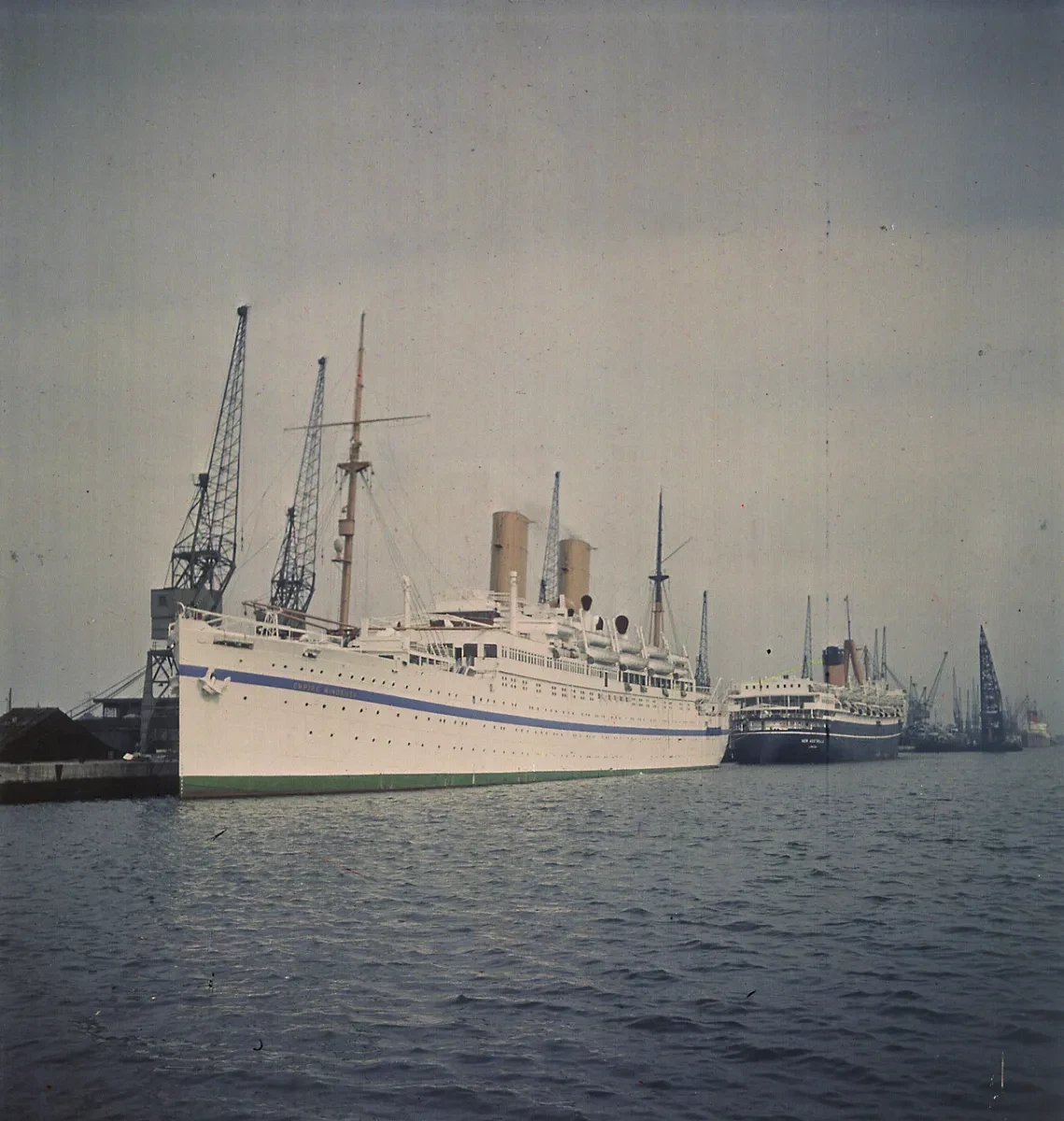
HMT Empire Windrush
While Windrush Day is marked annually on 22 June – the date of the Windrush’s arrival at Tilbury – the ship’s passenger list actually records the date as 21 June.
According to a passenger on the ship, the journey from Jamaica to the UK took about 22 days, with stops at Tampico in Mexico and Bermuda.
Amongst the passengers was Aldwyn Roberts, better known as the calypsonian Lord Kitchener.
He famously sung ‘London is the place for me,’ expressing the optimism that many had in journeying to what was often seen as ‘the mother country.’
The ships after Windrush
The vessels below are just a few examples of the ships that carried members of the Windrush generation from the Caribbean to the UK in the years following 1948.
While the conditions on these ships varied, they were all part of a larger wave of migration that had a significant impact on British society and culture in the postwar era.
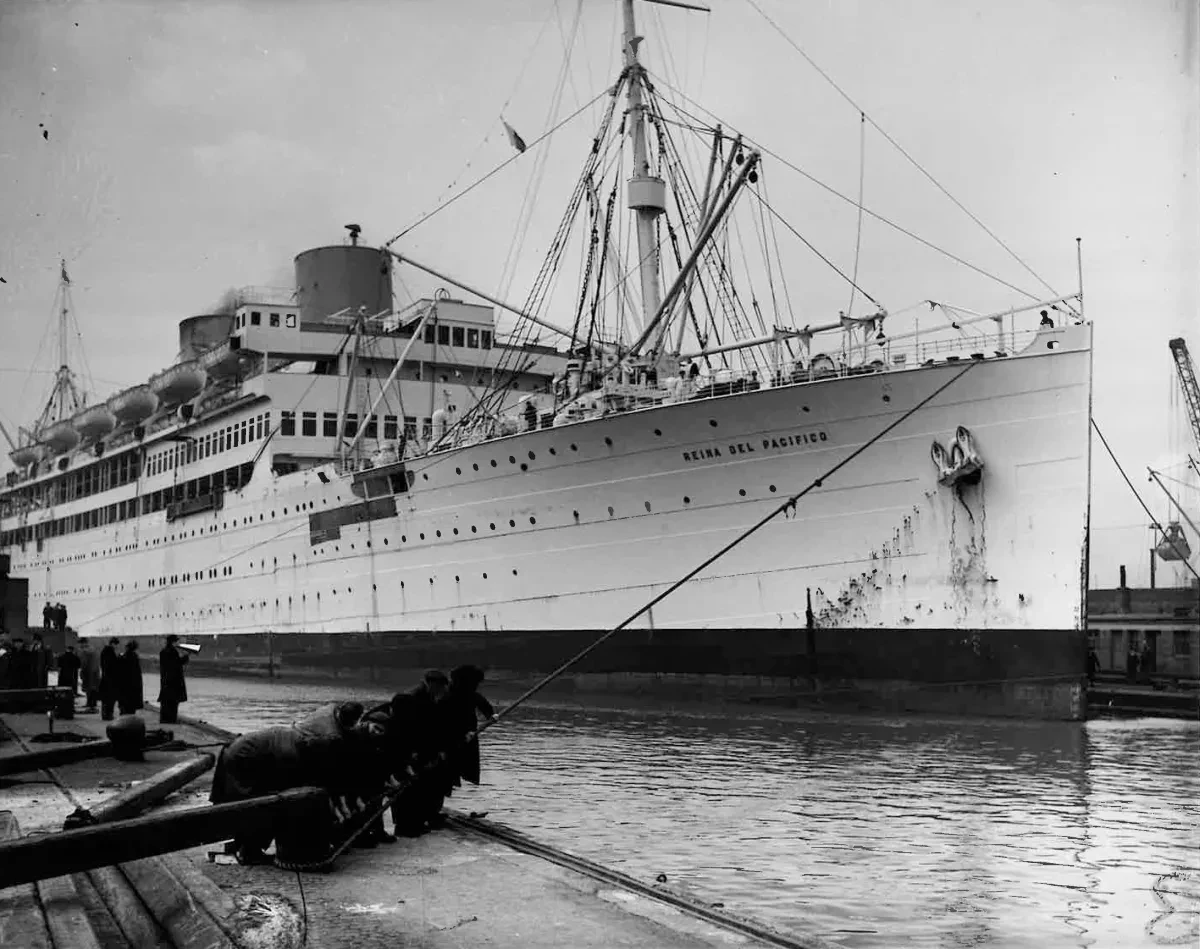
SS Reina del Pacifico
SS Reina del Pacifico carried members of the Windrush generation from the Caribbean to the UK in the years following 1948.
A Liverpool passenger list from 1956 shows the ship stopped at places including Kingston, Nassau and Bermuda.
Image: SS Reina del Pacifico © National Maritime Museum, Greenwich, London
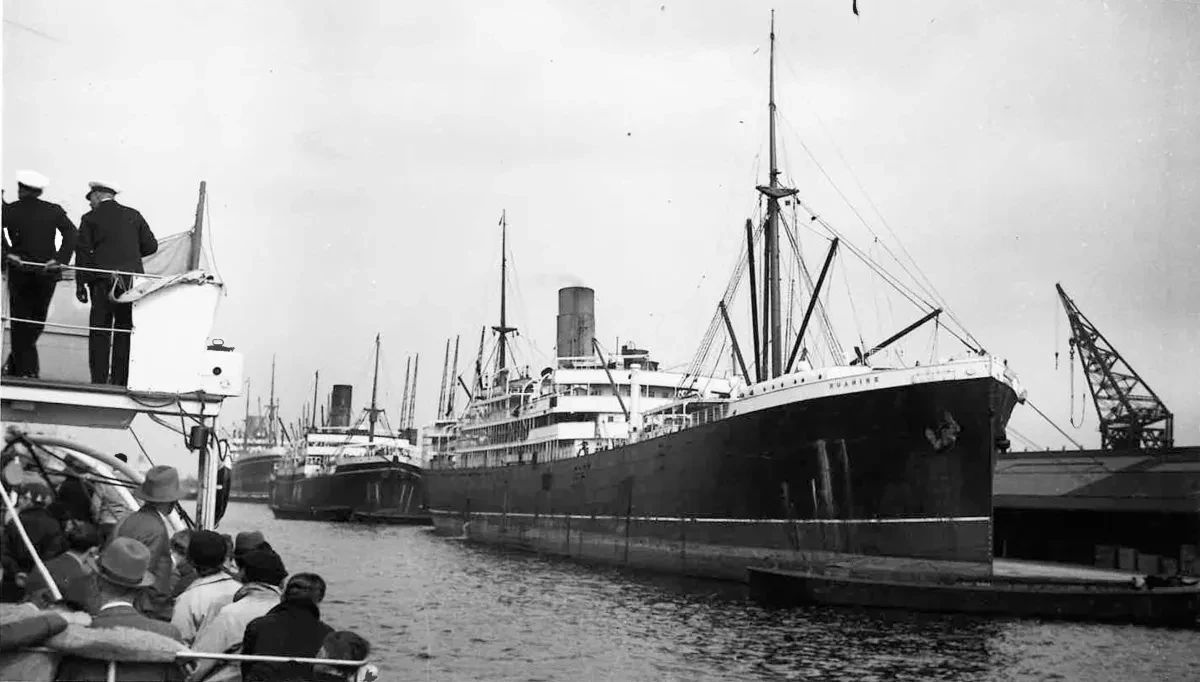
SS Auriga
On 2 August 1955, SS Auriga left Kingston in Jamaica, carrying approximately 1,100 passengers. It made stops at places including Curacao, La Guaira and Barbados before docking in Plymouth.
Image: SS Auriga (formerly Ruahine) © National Maritime Museum, Greenwich, London, 50.1
A gifted pianist, Gretta came to London from Trinidad on SS Ariguani to attend the prestigious Royal Academy of Music. In 1959, she married fellow student, Edmund Reid. The couple had two sons and two daughters.
Gretta and Edmund frequently performed together at venues including Wigmore Hall and Queen Elizabeth Hall. They also performed for the Schubert Society of Great Britain in 1978, commemorating the 150th anniversary of the composer’s death.
